Technology is revolutionizing the driving experience transforming vehicles into more intelligent, safer, and more intuitive machines than ever before in today’s fast-paced world.
One of the most significant advancements in modern vehicles is the heads-up display (HUD), which projects essential driving information, such as speed and navigation directions, directly onto the windshield.
Initially viewed as a luxury gimmick, HUDs have now become a vital feature in premium vehicles, offering increased driver convenience and minimizing distractions.
Focusing on the growing importance of real-time information, the heads-up display is a small device mounted near the windshield that creates virtual images, giving the illusion of floating data much like viewing a skydome.
This display provides information such as speed, navigation cues, lane departure warnings, and adaptive cruise control settings, all within the driver’s line of sight.
This enables drivers to maintain their attention on the road ahead. Advanced HUD systems now incorporate augmented reality (AR), which overlays dynamic navigation arrows directly onto the windshield’s live view of the road.
These innovations are taking driver engagement to the next level by integrating safety, communication, and luxury into a single, seamless experience.
Premium car manufacturers are pushing the boundaries of HUD technology by offering larger, sharper screens and more interactive features.
Whether it’s the BMW 7 Series’ high-definition AR HUD, the Mercedes-Benz S-Class’s 3D navigation overlays, or Tesla’s integration of HUD with its autopilot and advanced driver-assistance systems (ADAS), these technologies are reshaping the future of driving.
Premium Vehicles With Best Head-up Displays
This article explores the top 10 heads-up displays and the top premium cars of 2025 that feature them.
From luxury sedans and high-performance electric vehicles to flagship SUVs, these models are equipped with state-of-the-art HUDs that combine innovation, performance, and comfort.
They’re an excellent choice for those seeking a truly luxurious driving experience. This list covers everything you need to know. Let’s dive in!
1. 2025 BMW 7 Series
The 2025 BMW 7 Series continues to lead in the luxury sedan segment by combining advanced technology with refined performance.
One of its standout features is the 12.3-inch augmented reality (AR) heads-up display, which projects essential driving data, navigation instructions, and adaptive speed indicators directly onto the windshield.
This allows drivers to remain focused on the road without frequently glancing down at their instrument cluster.
Powering the 7 Series is a 3.0-liter turbocharged inline-six engine that produces 375 horsepower, with an available 4.4-liter twin-turbo V8 hybrid generating an impressive 536 horsepower for more robust midrange acceleration.
The vehicle is equipped with BMW’s iDrive 8.5 system, which includes an AI-powered voice assistant and gesture controls, creating an immersive and intuitive cabin experience.
Additional features include a curved digital display, advanced driver-assistance technology, and luxurious seats that offer massage functionality for added comfort.
Starting at $97,000, the 7 Series presents a premium, tech-forward, and supremely comfortable driving experience.
Blending timeless luxury with cutting-edge German engineering, the 2025 BMW 7-series carries a boxy, retro-inspired exterior while boasting a richly equipped and technologically advanced interior.
The cabin is loaded with upscale features, including standard leather or optional cashmere upholstery, an 18-speaker Bowers & Wilkins sound system—with an upgrade path to a 36-speaker setup for audiophiles—and available powered doors that close automatically with the touch of a button, similar to those in a Rolls-Royce.
The seating is exceptionally comfortable, and those who opt for the Executive and Luxury Rear Seating packages are treated to heated, ventilated, and massaging seats for all passengers.
Rear-seat occupants can also enjoy a massive 31-inch theater screen with 8K resolution that drops from the ceiling, allowing them to stream or game without disconnecting from their digital world.
Standard tech features include wireless Apple CarPlay and Android Auto, integrated navigation, and a crisp 14.9-inch center touchscreen infotainment display. BMW’s standard air suspension enhances ride quality, offering the kind of plush comfort expected from a car in this segment.
The 2025 7-series offers three distinct powertrains: a turbocharged inline-six, a plug-in hybrid, and a high-powered twin-turbo V-8, each with its own character. For those considering an all-electric alternative, BMW offers the i7, which shares the same platform but is reviewed separately.
In the full-size luxury sedan segment, the 7-series currently ranks third. It trails the Mercedes-Benz S-class, which starts at $118,900, and the Genesis G90, starting at $91,050.
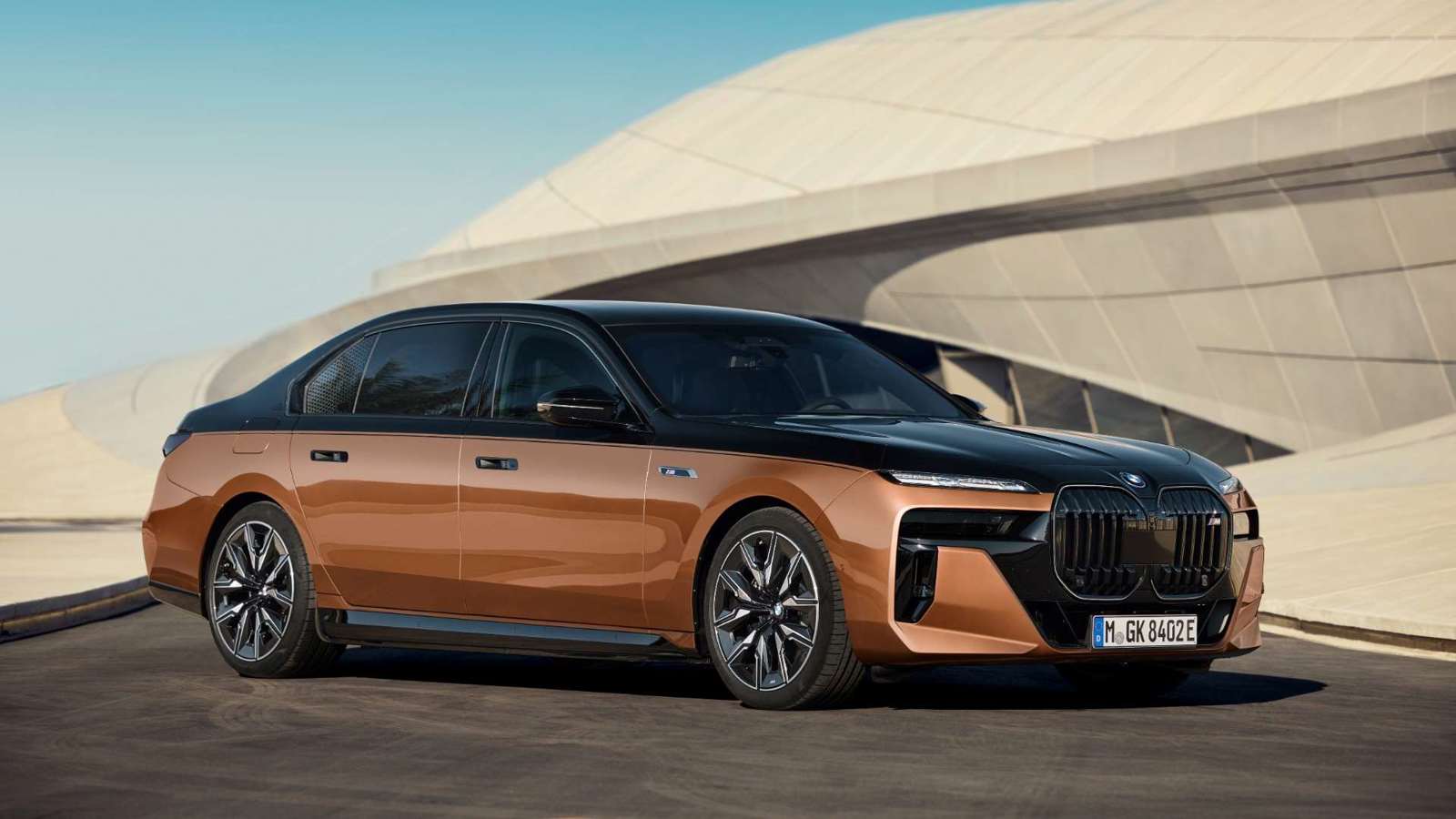
The 7-series itself begins at $98,475. The list continues with the Mercedes-AMG S-Class at $187,350, Audi A8 at $93,295, and Audi S8 at $126,595. For those wanting a clearer comparison, our new tool lets you evaluate the 2025 BMW 7-series alongside up to five competitor models.
Updates for 2025 are mainly focused on infotainment and automation. BMW’s latest iDrive operating system improves Siri integration, removing the need to press the talk button.
Additionally, Highway Assistant, BMW’s optional hands-free driving system, can now suggest lane changes, which the driver can confirm simply by glancing in the direction of the suggested move using the appropriate side mirror.
Pricing for the 2025 BMW 7-series ranges from $98,475 to $123,575 depending on configuration. The base 740i is powered by a smooth and impressively strong inline-six engine and is likely to be the most popular choice among buyers.
Those seeking more performance can opt for the 760i xDrive, which features a twin-turbo V-8. If you plan to spend time being chauffeured, the Executive Lounge package—with power-reclining, massaging rear seats and other premium enhancements—is highly recommended.
Pair it with the 31.3-inch Theater Screen for rear-seat entertainment, which streams content via the car’s built-in Wi-Fi, and you’ll have a luxury experience that rivals high-end limousines. The i7 electric variant, although structurally identical, is reviewed separately.
The standard engine is a 375-hp turbocharged 3.0-liter inline-six with a 48-volt hybrid system, designated as the 740i. Rear-wheel drive is standard, but BMW’s xDrive all-wheel drive is available.
The plug-in hybrid 750e xDrive delivers 483 hp by combining a turbocharged inline-six with an electric motor. At the top of the range is the 760i xDrive, producing 536 hp from a twin-turbo 4.4-liter V-8, also with a 48-volt hybrid system and standard all-wheel drive.
We tested the 760i xDrive and found it delivered silky smooth operation and acceleration reminiscent of a muscle car. The car’s air suspension, rear-wheel steering, and adaptive dampers contribute to an agility that defies its size, though the primary emphasis remains on luxury and ride comfort rather than athletic handling.
While the 740i hasn’t been tested yet, BMW estimates a 0–60 mph time of 4.9 seconds. The 760i xDrive, however, completed the sprint in just 3.5 seconds during our track tests, putting it among the quickest in the segment.
As for efficiency, BMW claims the 750e xDrive plug-in hybrid can drive more than 35 miles on electric power alone, although official EPA numbers are still pending.
The 740i earns EPA ratings of 25 mpg city and 31 mpg highway. With xDrive, the city mileage drops only slightly. The 760i xDrive, with its V-8, sees a more significant drop to 18 mpg city and 25 mpg highway.
However, in a 200-mile highway test, a 2023 760i xDrive managed to return an impressive 30 mpg. We have not yet completed the same test with a 740i, but results will be published when available. For additional fuel economy details, visit the EPA’s official site.
The interior of the 7-series is designed to showcase BMW’s highest level of luxury. Rich leathers, polished steel accents, and upscale wood and glass finishes give the cabin a distinctly premium feel. A cashmere upholstery option is also offered for buyers seeking a softer, more unique texture.
The newly refined interior places the 7-series in a better position to challenge the Mercedes-Benz S-class. Interior space is ample in both front and rear, but the rear cabin is especially luxurious when equipped with the Luxury Rear Seating package.
This includes power-reclining, massaging rear seats, a wireless charging pad, and soft, adjustable headrest cushions. Trunk space is generous for a vehicle in this class, and a rear-seat pass-through allows for the transport of longer items like skis.
2. 2025 Mercedes-Benz S-Class
Blending state-of-the-art luxury with smooth performance, the 2025 Mercedes-Benz S-Class offers a cutting-edge 3D AR head-up display that projects real-time, geolocated navigation overlays onto the windshield, providing drivers with a more immersive journey.
The system also incorporates pedestrian detection, utilizing mirrors, sensors, and onboard computing to alert the driver to possible hazards.
The S-Class is powered by two electrified engine options: a 3.0-liter turbocharged inline-six with 429 horsepower, and a 4.0-liter twin-turbo V8 hybrid that produces 496 horsepower.
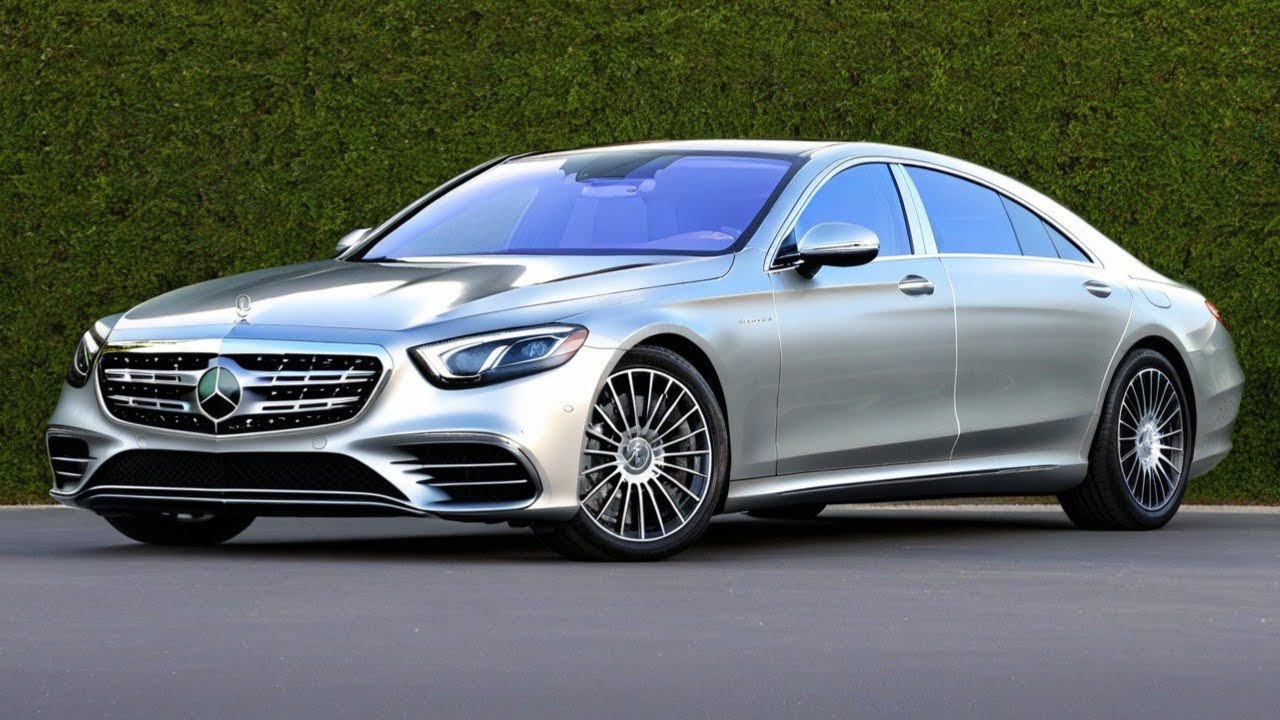
Both engines are paired with a 9-speed automatic transmission and 4MATIC all-wheel drive for responsive handling.
Inside, the S-Class is outfitted with the MBUX infotainment system, biometric authentication for personalized access, and a large OLED display for vivid visuals.
Starting at $115,000, the S-Class represents the ultimate luxury benchmark a vehicle that delivers high-end comfort, advanced safety, and elite performance, making it a go-to choice for discerning buyers.
No need to even catch a hint of 911; this car stands in a class of its own.
Also Read: 5 Cars With Best Ride Comfort and 5 That Rattle Everywhere
3. 2025 Audi A8
The 2025 Audi A8 blends luxurious sophistication with leading-edge technology, making it a standout option among flagship sedans.
Under the hood, the A8 comes with a 3.0-liter turbocharged V6 engine delivering 335 horsepower. For those seeking more power and eco-efficiency, the plug-in hybrid variant delivers 450 horsepower.
Audi’s famous quattro all-wheel drive system ensures stable handling and precise control, even in challenging conditions.
Inside, Audi’s sleek Virtual Cockpit reimagines the digital dashboard by offering a fully customizable display tailored to the driver’s preferences.
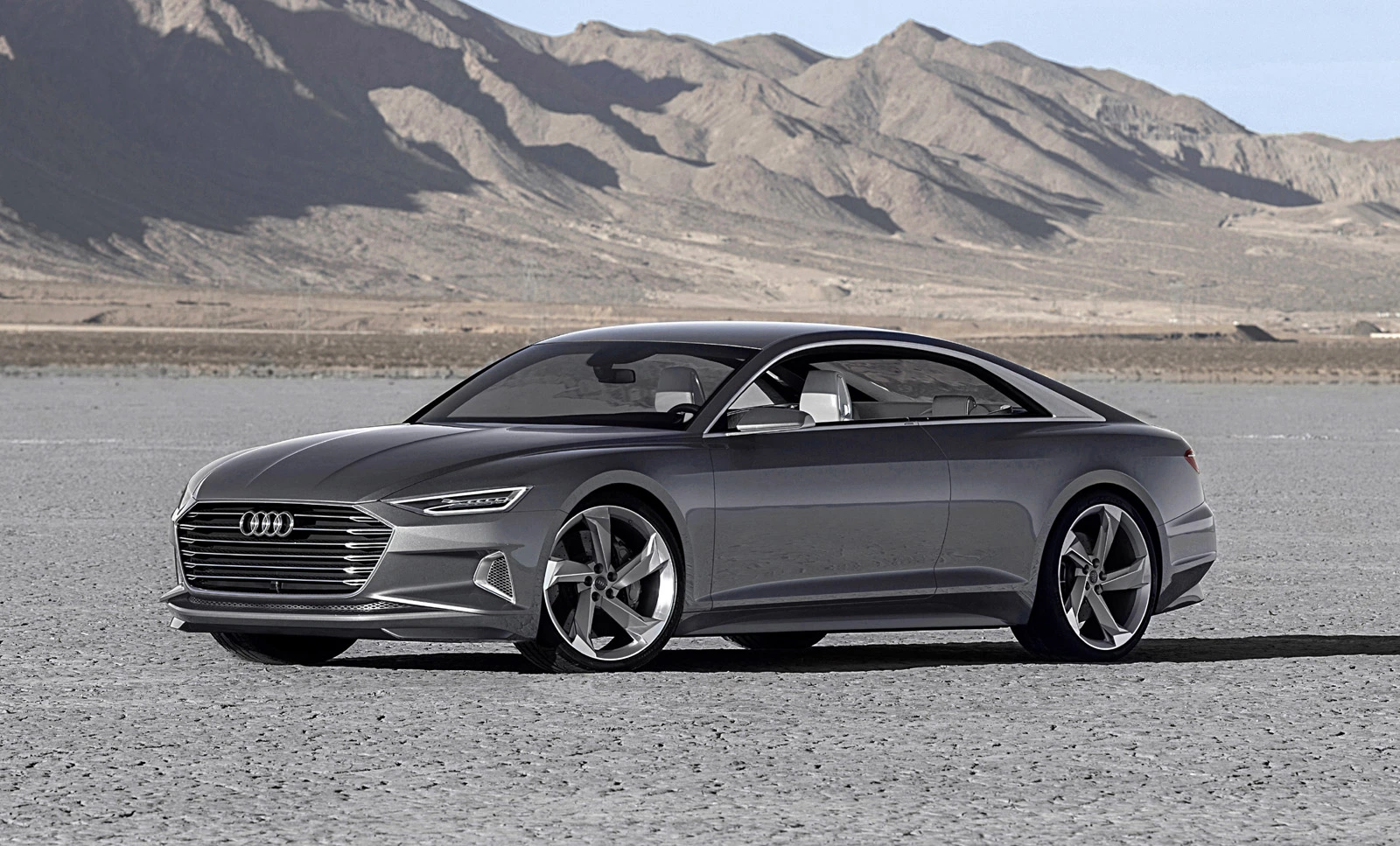
The augmented reality (AR) head-up display further enhances safety and convenience by showing essential data such as real-time traffic sign recognition directly on the windshield.
This feature provides AR overlays that guide and inform the driver without requiring their eyes to leave the road. Additionally, AI-assisted parking removes the hassle of tight urban parking by enabling the vehicle to park itself with ease.
Starting at $90,000, the Audi A8 is a complete package of elegance, performance, and technological innovation ideal for those who want luxury with no compromises.
If understated luxury appeals to you, Audi’s largest sedan merits serious consideration. With a reserved exterior and an impeccably upscale interior, both the A8 and S8 represent some of the best options for buyers who value subtle opulence.
The last significant redesign of Audi’s flagship luxury sedan occurred for the 2022 model year, so it’s no surprise that updates for 2025 are relatively minor. Competitors include other high-end full-size sedans such as the BMW 7 Series, Genesis G90, and Mercedes-Benz S-Class.
For 2025, several equipment updates have been introduced. The A8 now comes standard with garage door opener buttons integrated into the rearview mirror, a heated steering wheel, and a new 20-inch wheel design featuring a two-tone finish.
The upgraded Executive package for the A8 includes HD Matrix-design LED headlights, a Valcona leather interior, heated rear seats, and a head-up display. The A8’s Luxury package now includes all-wheel steering and an extended leather package, and the Black Optic package adds new 21-inch wheels with a two-color finish.
Additionally, Madeira Brown has been added as an exterior color option. As for the S8, it now receives a standard extended leather package and a new 21-inch wheel design with a platinum gray finish.
The S8’s Black Optic Plus package features yet another new 21-inch wheel design, while its Executive package now includes a head-up display along with heated and powered outboard rear seats that have lumbar and memory functions.
The S8’s Luxury package brings Digital Matrix-design LED headlights, Matrix LED rear reading lights, ventilated and massaging outboard rear seats, and a rear-seat remote control.
In terms of driving character and design philosophy, the A8 L leans into discretion. This long-wheelbase luxury sedan blends seamlessly into the broader Audi lineup—and easily disappears into traffic.
However, the true value of the A8 lies within its interior. The cabin is elegantly appointed, with plush seats and premium materials delivering a serene and refined experience.
The A8 L prioritizes comfort over excitement, offering a smooth and composed ride that insulates passengers from the harshness of the outside world. While we would prefer a V-8 engine as standard equipment, the turbocharged V-6 under the hood provides sufficient power to confidently get the A8 moving.
Instead of sporty performance hardware, the A8 emphasizes in-cabin technology, with three screens: one for the driver display and two centrally mounted touchscreens for infotainment and vehicle controls.
Although we’d like to see more standard adaptive driver assistance features, the A8’s comparatively lower starting price within this segment gives buyers the flexibility to add such technology through the available packages.
For those seeking enhanced performance and a more engaging driving experience, the S8 steps up with a potent twin-turbocharged V-8 and a suite of suspension, steering, and braking upgrades.
Even with these performance enhancements, comfort is not sacrificed. In fact, for 2025, the S8 benefits from the extended leather package now being standard.
Audi’s flagship luxury sedan deserves recognition for its focus on in-cabin comfort and advanced technology, which come together to offer a first-class experience for those riding in the back seat.
On the other hand, drivers who prioritize time behind the wheel over being chauffeured may find the S8—or another vehicle in the segment that emphasizes driving dynamics—a better fit.
Under the hood, the 2025 Audi A8 L features a 3.0-liter turbocharged V-6 producing 335 horsepower and 369 lb-ft of torque, paired with an eight-speed automatic transmission.
Audi’s Quattro all-wheel-drive system is standard across the model line. In testing, the A8 L accelerated from 0 to 60 mph in 5.3 seconds. For 2024, the EPA rated the A8 at 19 mpg city and 28 mpg highway.
Audi’s performance-oriented variant, the S8, elevates capability with a 4.0-liter twin-turbocharged V-8 engine generating 563 horsepower and 590 lb-ft of torque. In our tests, the S8 completed the 0-to-60 mph run in just 3.7 seconds.
Thanks to upgraded braking systems and chassis tuning, the S8 delivers nimble handling despite its full-size proportions. When equipped with the optional predictive air suspension, the S8 offers exceptional ride control and composure over uneven pavement, using a camera system that scans the road surface in real time.
On the safety front, the 2025 Audi A8 comes with a modest suite of active driver assistance features. Standard equipment includes front automatic emergency braking, automatic high-beam headlights, and parking sensors.
Choosing the Executive package expands that list to include HD Matrix-design LED headlights, adaptive cruise control, lane-keeping assistance, road sign recognition, side and rear cross-traffic alerts, and intersection collision mitigation.
Inside, the 2025 A8 delivers a cabin that reflects its luxury limousine status. Rear-seat passengers enjoy more legroom than those in the front, emphasizing the car’s role as a premium chauffeur vehicle.
The materials and finishes are consistently high-end, contributing to a tranquil and indulgent environment. However, cargo space is on the smaller side for this segment, and the trunk, while adequate, may fall short for buyers who frequently travel with larger luggage or gear.
4. 2025 Lexus LS 500
The 2025 Lexus LS 500 is a luxury sedan that embodies a refined blend of elegance and advanced technology.
It features a head-up display (HUD) that projects essential driving information in full color, including navigation directions, helping the driver maintain focus on the road.
This attention to detail extends throughout the vehicle’s technology offerings, such as the Mark Levinson premium audio system that provides a rich, immersive listening experience and intuitive touch controls that offer seamless command over various functions.
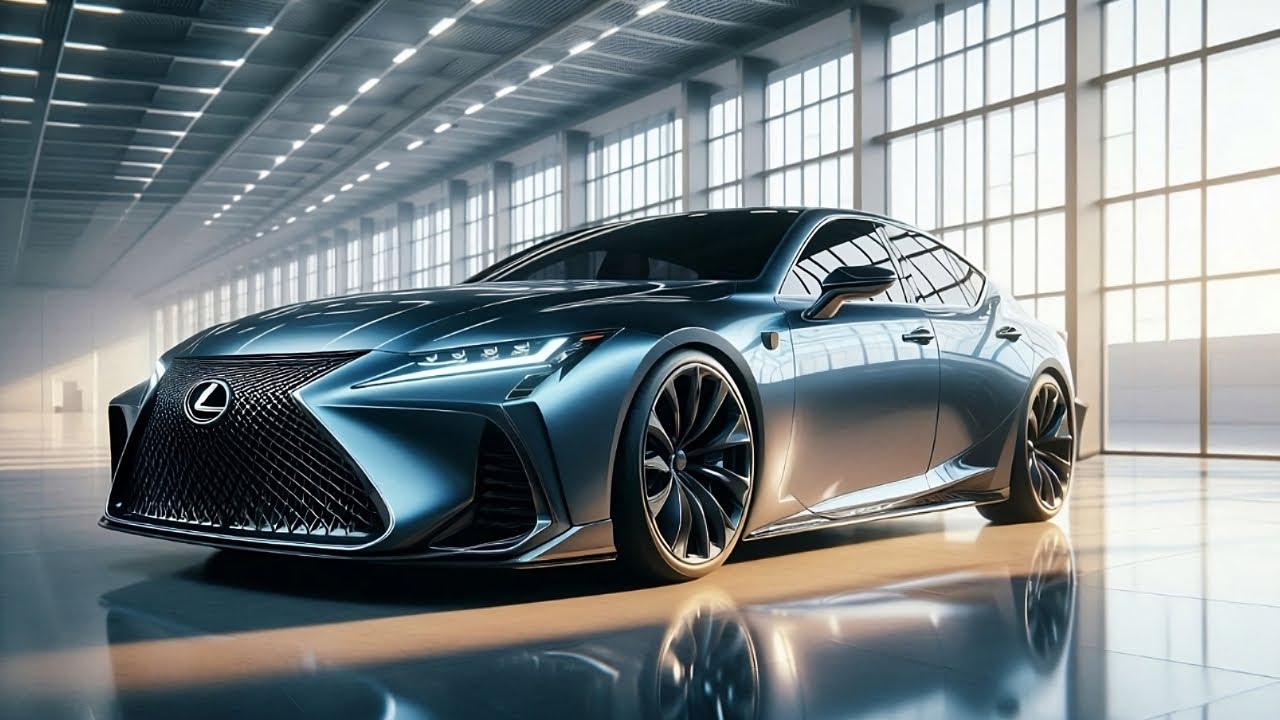
Beneath the hood of the LS 500 lies a 3.5-liter twin-turbocharged V6 hybrid engine capable of producing 416 horsepower.
This setup delivers a ride that merges efficiency with spirited performance. It’s a strong option for buyers who want a luxurious vehicle with real driving capability.
Starting at $88,000, the Lexus LS 500 stands tall in the competitive full-size luxury sedan category, offering an ideal combination of comfort, innovation, and power.
Also Read: 12 Porsche Models That Have Shockingly Long Lifespans
5. 2025 Porsche Panamera
The 2025 Porsche Panamera is a top-tier luxury sedan that unites performance-driven engineering with modern technology.
One of its standout features is the race-oriented head-up display (HUD), which supplies performance metrics such as speed, gear shifts, and lap timing.
This appeals to driving enthusiasts seeking real-time analytics, particularly on the track.
Porsche’s intense focus on performance is evident throughout the car, reinforcing its reputation as a driver-centric machine.
The Panamera is powered by a 2.9-liter twin-turbocharged V6 engine that generates 440 horsepower, while an available hybrid variant boosts output to an impressive 670 horsepower, enhancing acceleration and responsiveness.
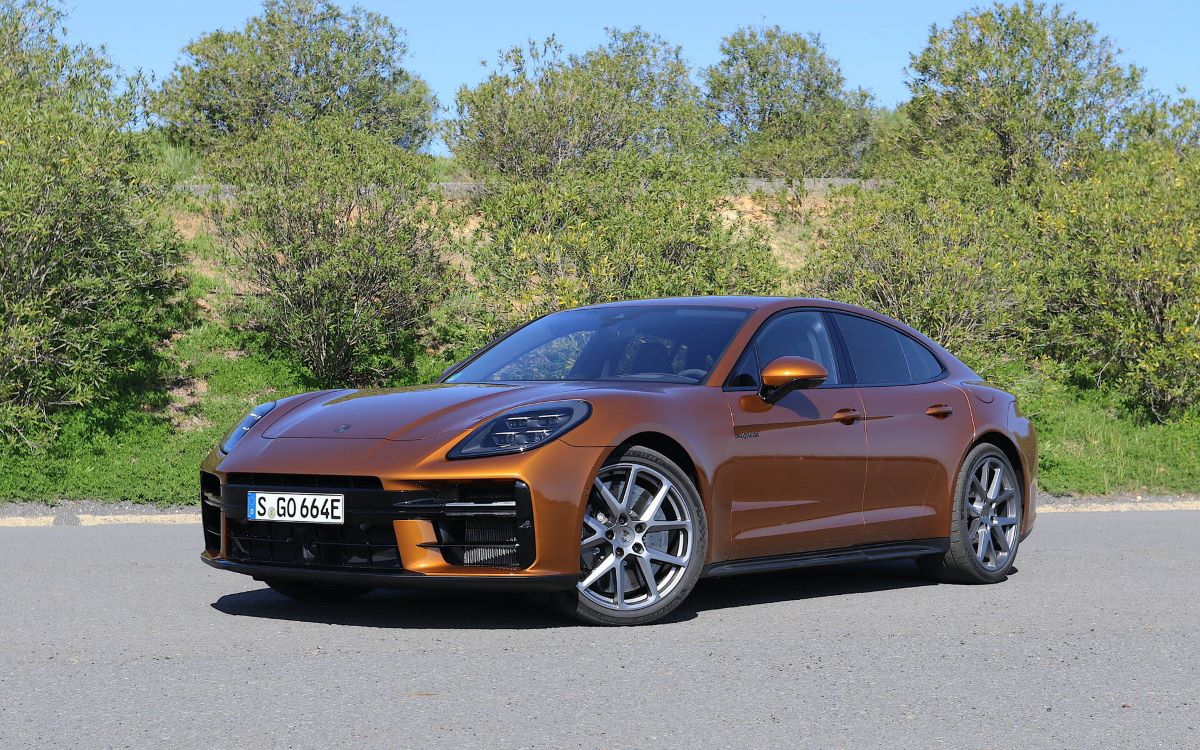
Whether choosing the gas-powered or hybrid version, the Panamera delivers exhilarating handling and agility.
Its AI-assisted driving system adds a layer of semi-autonomous support, ensuring both practicality and driving enjoyment. Starting at $110,000, the Panamera balances luxury with cutting-edge tech.
Porsche Connect allows seamless integration between driver and vehicle, offering features like navigation and remote access through a smartphone.
Inside, the Panamera features premium materials and a cockpit that prioritizes driver engagement. Whether carving through corners or cruising on the freeway, the Panamera delivers a refined yet high-performance experience.
The Porsche Panamera enters a new generation, continuing to present itself as a sleek, front-engined sports car with room for four adults and a practical hatchback-style boot.
While its overall identity remains familiar, this latest version brings with it a subtle exterior redesign and a remarkable new suspension system featured on the Turbo E-Hybrid. It’s not just adaptive—it’s fully active, a significant leap forward in suspension technology.
One can’t help but notice that the Panamera tends to be overlooked. Despite its credentials, it rarely comes to mind when people think of Porsche. Mention the brand and most enthusiasts will rattle off names like the 911, Cayman, or Boxster, while others will reference the high-profile Taycan EV.
Outside the enthusiast bubble, Porsche’s popular SUVs usually dominate the conversation. Similarly, the Panamera isn’t top of mind when it comes to “super saloons,” where models like the BMW M5 typically take the spotlight.
It’s not unusual for cars with few direct rivals to fall through the cracks, and the Panamera fits that mold. It doesn’t conform to the mold of a conventional high-performance saloon or estate.
Though it shares its underpinnings with the Bentley Flying Spur, it possesses far more agility. If anything, its closest competitor is likely the Mercedes-AMG GT four-door coupe.
Even if the rest of the world tends to forget the Panamera, Porsche clearly hasn’t. The new model returns with enhancements that make it both more dynamic and more comfortable than ever before.
But how does it manage to be both more dynamic and more comfortable? The answer lies in its revolutionary active suspension system, which takes top billing among its upgrades. We’ll address this complex and largely hidden innovation separately, as it’s both intricate and foundational to the car’s evolution.
The styling changes, like the suspension, are relatively restrained. The nose features sharper contours and more angular headlights. At the rear, a simplified light bar now spans the entire width of the tailgate.
One noticeable change is the kink introduced into the outline of the third side window—a design cue that feels somewhat uncharacteristic for Porsche.
Inside the cabin, there’s an all-new dashboard layout. This refresh introduces additional screens and touchpad-style controls, a direction that may raise concerns for those who prefer physical interfaces.
Turning to performance, the range of available powertrains has been expanded and refined. The hybrid models benefit from a larger battery and more power across the board. The Turbo E-Hybrid, combining electric propulsion with a V8 petrol engine, now delivers 671bhp and comes standard with all-wheel drive.
For even more performance, the Turbo S E-Hybrid raises output to 771bhp and achieves a 0–62 mph time of just 2.9 seconds when equipped with the optional Sport Chrono Pack.
For those seeking traditional powertrains, the base Panamera and Panamera 4 have received updates to their turbocharged V6 engines, now making 348bhp. These models use conventional air suspension with adaptive dampers. The base version sends power to the rear wheels, while the Panamera 4 includes all-wheel drive.
Then there’s the GTS variant, which stands out as a non-hybrid option featuring a V8 engine producing 493bhp. It’s the least fuel-efficient of the lineup at 22.7 mpg, but it’s likely to capture the interest of purist drivers—assuming they can overlook the jaw-dropping 771bhp output of the Turbo S E-Hybrid.
Despite all these updates, the platform, much of the sheet metal, and even the doors carry over from the previous generation—a model that already received praise. Unfortunately, Porsche has discontinued the Sport Turismo body style, the sleek quasi-estate version of the Panamera. It seems it never quite resonated with a global audience.
6. 2025 Tesla Model S
The 2025 Tesla Model S remains a leader in electric innovation and performance. It includes an AR-based heads-up display projected onto the windshield, offering a futuristic driving interface.
Integrated with Tesla’s Autopilot system, this HUD displays speed, navigation prompts, and safety alerts directly within the driver’s line of sight, enhancing both awareness and comfort during everyday drives or long-distance travel.
The Model S is available with two powertrain options: a 670-horsepower dual-motor all-wheel-drive system and the high-performance Plaid version, which produces an astonishing 1,020 horsepower.
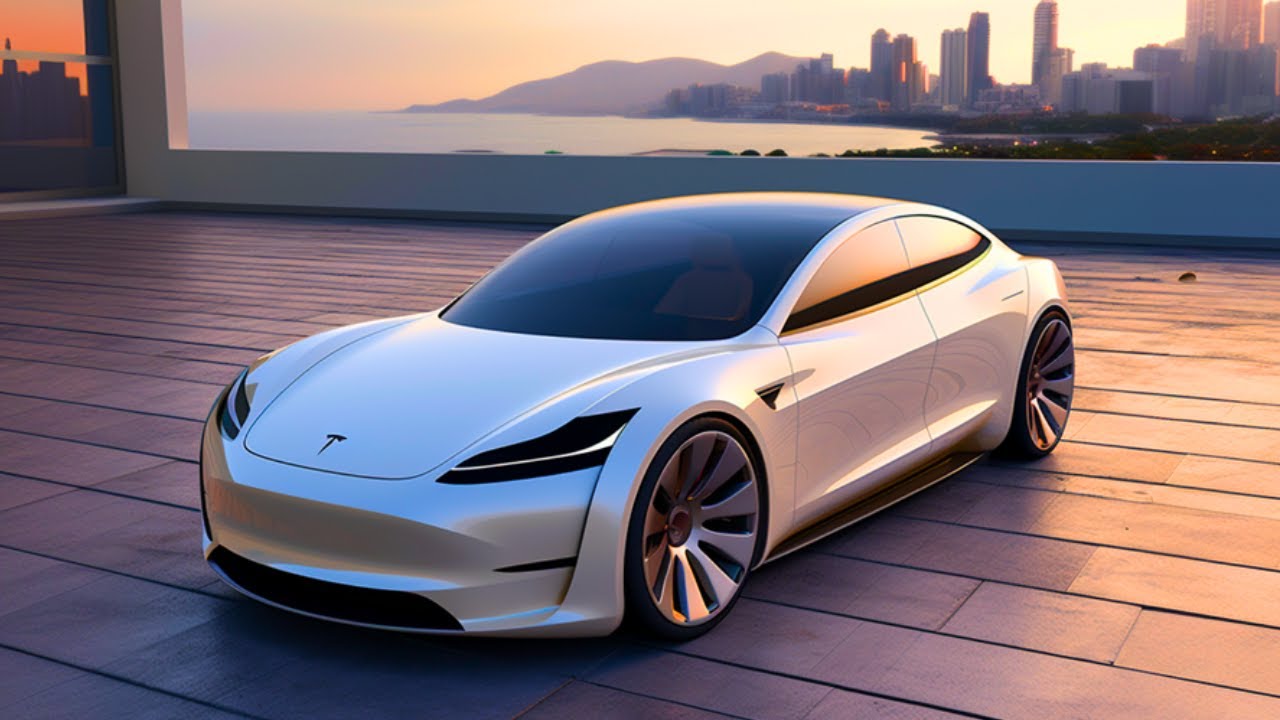
Both configurations offer instant acceleration and sharp, responsive handling, giving drivers an electrifying experience.
Inside the cabin, a 17-inch touchscreen acts as the control hub for nearly all vehicle systems, further enhancing Tesla’s minimalist, tech-forward design.
The vehicle also offers full self-driving capability with premium driver-assistance features.
With a starting price of $95,000, the Tesla Model S continues to deliver groundbreaking speed, luxury, and technology, making it one of the most forward-looking vehicles in its class.
7. 2025 Cadillac Celestiq
Cadillac redefines luxury with the 2025 Celestiq, an all-electric flagship vehicle that elevates sophistication and innovation.
The Celestiq features a massive augmented reality head-up display that spans the entire windshield.
It delivers real-time navigation, safety alerts, and even customizable graphics, creating an immersive driving experience.
The HUD is fully integrated into the vehicle’s intelligent systems, ensuring the driver receives vital information without distraction.
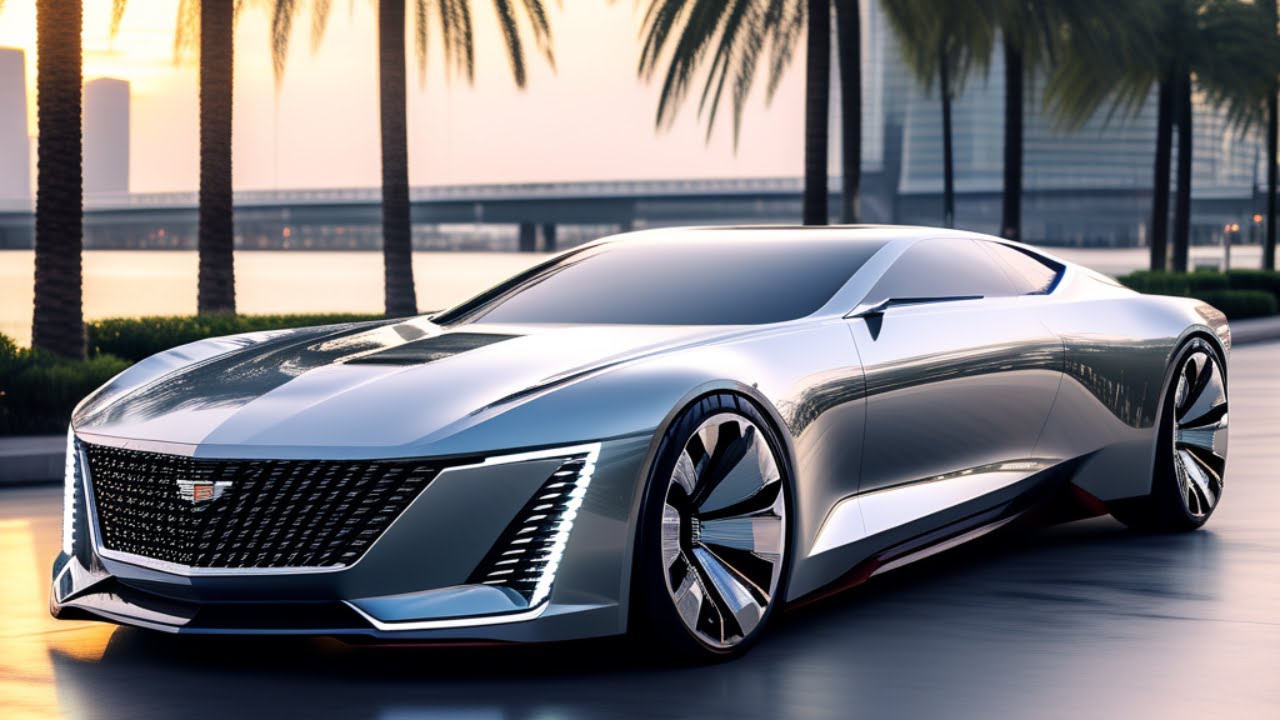
Under the hood or in this case, under the floor lies a dual-motor all-wheel-drive electric setup that delivers 600 horsepower and more than 300 miles of range on a full charge.
This blend of power and efficiency places the Celestiq among the top-tier EVs.
Adding to its exclusivity is a smart glass roof with adjustable transparency zones for each passenger, along with advanced hands-free driving capability.
Starting at over $300,000, the Celestiq is a bespoke luxury EV that caters to buyers seeking technological sophistication and unmatched customization in a futuristic electric vehicle.
8. 2025 Genesis G90
Genesis continues to elevate its luxury game with the 2025 G90, a sedan that combines advanced technology with high-end comfort.
A key feature is the Premium Augmented Reality Head-Up Display, which overlays critical driving information onto the windshield in real time.
It enhances safety and convenience by providing navigation cues, speed data, and driver-assistance alerts directly in the driver’s field of vision.
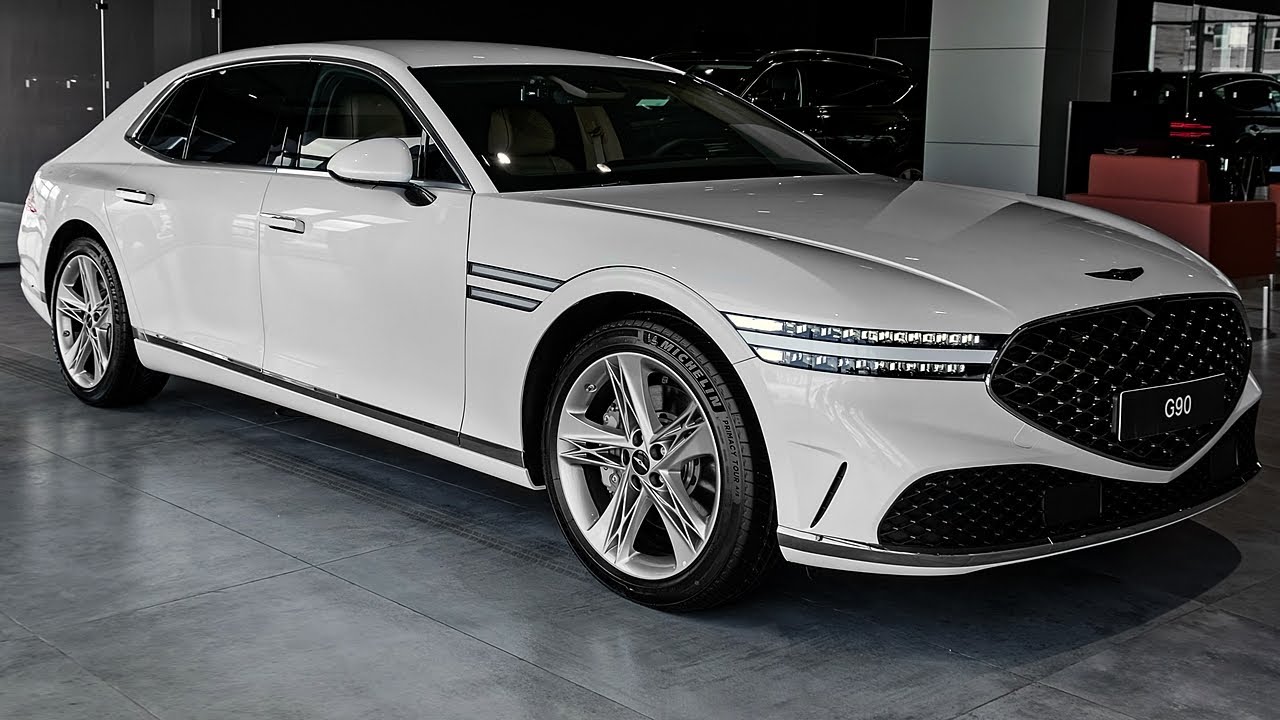
The G90 comes equipped with a 3.5-liter twin-turbocharged V6 that generates 375 horsepower, delivering smooth and confident performance.
For those who want greater efficiency without sacrificing power, a hybrid version offers a combined 409 horsepower, integrating electrification into its refined powertrain.
The interior tech includes a digital key that replaces traditional fobs and AI-based controls designed to learn and adapt to the driver’s daily habits.
With a starting price of $89,000+, the Genesis G90 is a strong contender in the luxury sedan category, thanks to its innovative features, thoughtful design, and smooth driving dynamics.
9. 2025 Range Rover Autobiography
The 2025 Range Rover Autobiography is a luxury SUV that offers a mix of rugged capability and refined elegance.
Its off-road projection HUD is designed for versatility, offering real-time data for navigating difficult terrain.
This includes night vision assist, which adds an extra layer of safety in low-light conditions, enhancing confidence during evening drives or off-road adventures.
Under its hood is a 4.4-liter twin-turbo V8 hybrid engine that produces 523 horsepower. This powertrain delivers both strong acceleration and smooth ride quality.
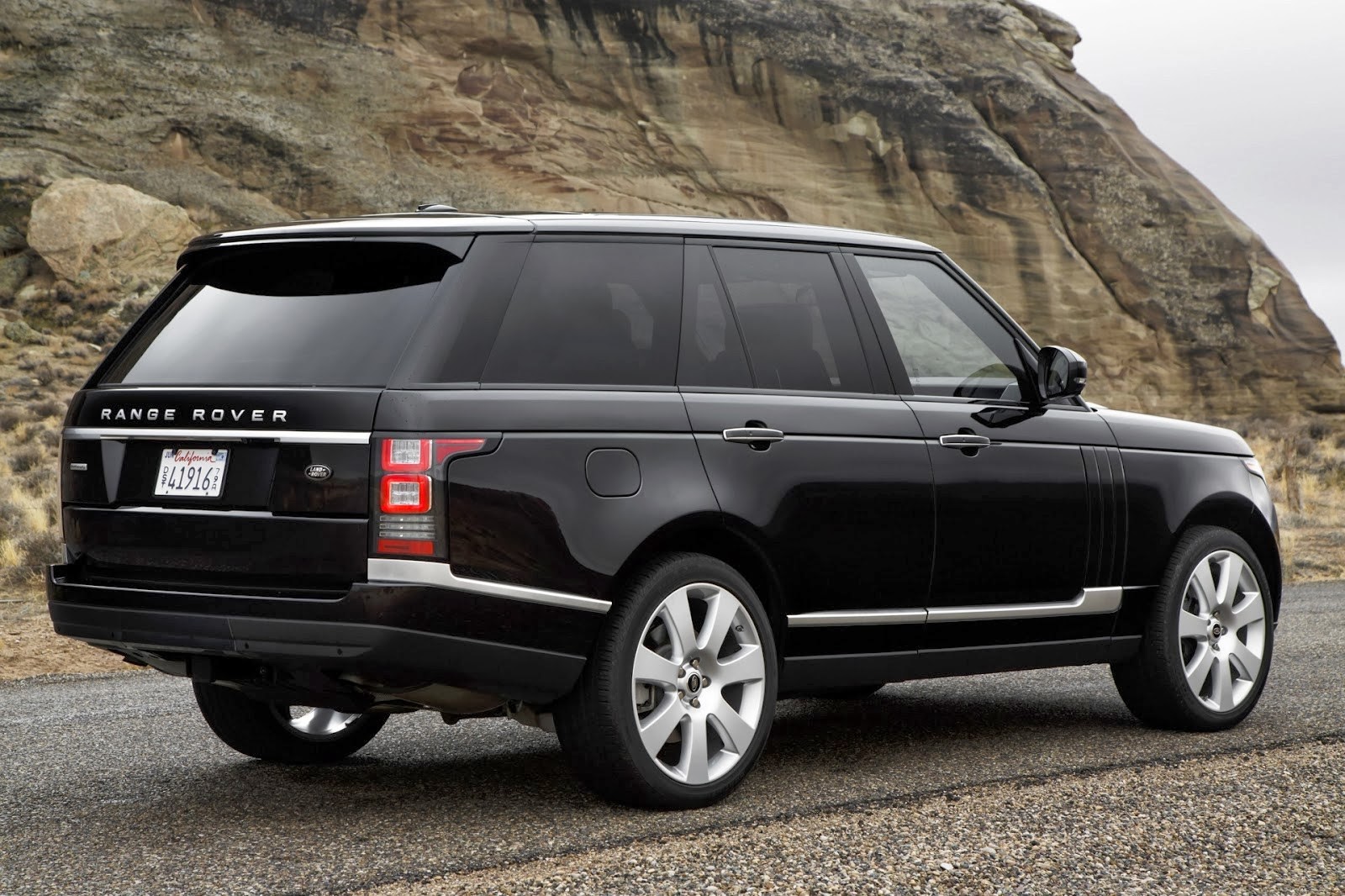
The SUV also features an advanced all-wheel steering system that increases maneuverability, making tight turns and parking easier.
Inside, gesture controls allow users to interact with the infotainment system through simple hand motions, underscoring the vehicle’s emphasis on intuitive technology.
Starting at $160,000+, the Range Rover Autobiography merges luxury, technology, and performance, positioning itself as a top choice for those seeking both opulence and off-road readiness.
10. 2025 Volvo EX90
The Volvo EX90 is a forward-thinking, all-electric SUV that embodies safety, innovation, and sustainability.
It includes a safety-first head-up display paired with a driver monitoring system to ensure maximum attentiveness.
Using lidar-based technology, the system supports Volvo’s mission to prevent accidents and improve overall road safety through proactive measures rather than reactive ones.
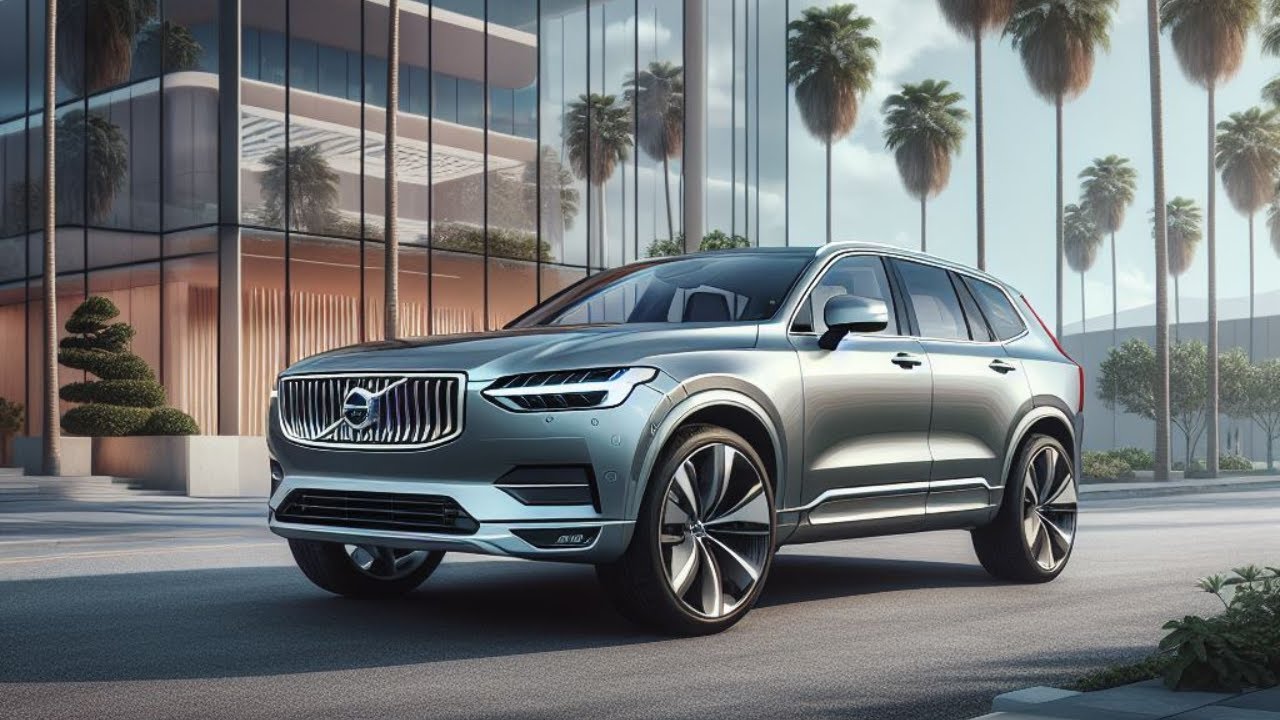
Powering the EX90 is a dual-motor all-wheel-drive electric setup that produces 496 horsepower, with a range exceeding 300 miles on a single charge.
This gives the EX90 the ability to compete with the best in the premium EV segment. Inside, the vehicle features a Google-powered infotainment system for easy integration of apps and services, offering a seamless and connected user experience.
Starting at $80,000+, the Volvo EX90 delivers a high-end electric driving experience that emphasizes cutting-edge safety and intuitive functionality while maintaining the brand’s hallmark of Scandinavian luxury.
The EX90 is also a core part of Volvo’s broader plan to shift to an all-electric lineup globally by the end of the decade—and specifically in Australia by 2026.
However, those targets have since been softened. Instead of replacing internal combustion models outright, the new electric vehicles will be sold alongside refreshed versions of existing nameplates like the XC90, which will continue to be available with mild-hybrid and plug-in hybrid powertrains.
This new flagship rides on Volvo’s SPA2 platform, a dedicated EV architecture shared with the Polestar 3 and the upcoming ES90. It’s a software-first platform that builds on the foundation of the original Scalable Product Architecture (SPA), which still underpins the current 60 Series and 90 Series vehicles in Volvo’s lineup.
The EX90 arrives in Australia roughly a year later than planned, with multiple delays pushing its local release. It was first unveiled in production form in late 2022. So, was the wait worthwhile? We joined the Australian media launch in Adelaide, South Australia, to find out.
The Volvo EX90 starts at $124,990 before on-road costs for the Plus Twin Motor model, while the higher-performance Ultra Twin Motor Performance variant comes in at $134,990. For comparison, the current XC90 T8 Plug-in Hybrid begins at $128,390 before on-roads, and its price is expected to climb with the imminent facelift.
However, the mild-hybrid petrol version of the XC90 starts at a much lower $99,940, meaning that Volvo will soon offer a full suite of seven-seat SUVs in Australia—spanning mild-hybrid, plug-in hybrid, and all-electric powertrains.
In terms of rivals, the Kia EV9 GT-Line is worth mentioning. It features comparable dimensions and a similar dual-motor electric drivetrain with 283kW and 700Nm, priced from $121,000 plus on-road costs. To see how the EX90 compares against other options, check out our comparison tool.
Inside, the EX90 continues Volvo’s tradition of creating lounge-like cabin spaces, updated for the electric age. Right away, it’s clear that several elements are shared with the Polestar 3, including the steering wheel, digital driver’s display, floating centre console, and even the window switches.
Despite these shared parts, Volvo has worked hard to ensure the EX90’s interior feels like an evolution of the XC90’s design, rather than a complete overhaul.
Also Read: Top 10 Vehicles With Storage Bins That Are Great for First Aid Kits
